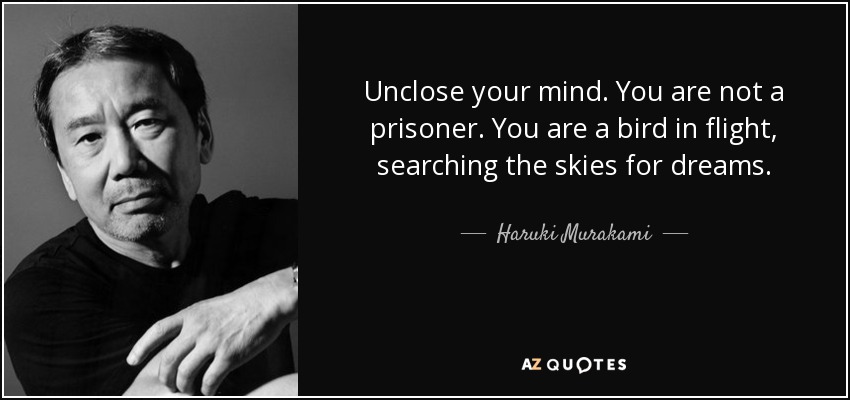The Quickdraw
If you are a fan of Westerns, you might notice that the gunslinger who draws first almost always gets shot. For Western movies, this is a moral position. The hero doesn’t want anyone to die, but will defend himself if necessary. The villain is a reckless murderer who seeks any advantage.
A team of scientists set out to study this phenomenon. You can read an article about their research here:
https://www.nationalgeographic.com/science/article/why-does-the-gunslinger-who-draws-first-always-get-shot
They found that, just like in the movies, the person who draws first always loses a showdown. The other person has what they call a “reactive advantage” which makes them move much faster. The reactive advantage is the most likely reason Alexander Hamilton died. Aaron Burr reacted so quickly he didn’t realize that Hamilton was just going to shoot his pistol into the air.
Western movies, as well as this study, provide an interesting lesson about writing and the psychology of perception. The mind comprehends sequences better than simultaneity. One event occurs. Another event occurs. Another event occurs. And so on.
Even if the chain of events progresses rapidly, it’s still sequential: action and reaction. The mind sees each event as whole.
The Grade School Paradox
Somewhere in every writer’s past, they were praised in a classroom for creating a really complex sentence. Complexity sounds smart. Complexity sets a bright student apart from an average student. A writerly student also pays special attention to grammar rules. A memorable grade school grammar rule is never to begin a sentence with a conjunction. Beginning writers avoid this, and when they want to show connected ideas they create long sentences spliced together with commas and conjunctions. A writer can feel they are creating something intelligent and praiseworthy while in fact they are just creating confusion.
Examples
The following sentence might sound exciting and well connected to the writer:
Rattlesnake Jake’s fingers twitched near his holster clasp while Coyote Pete’s eyes darted down to follow the movement, when suddenly Jake reached for his pistol and drew it from the holster, but he was too late: Pete was just a flash faster and Jake fell dead in the dusty street.
As a writer, one might be carried along imagining the action, but as a reader this is utterly indecipherable. It’s not really a sentence. It changes subjects and actions so many times that it’s hard to follow. Most readers will skim ahead as they read so they have a sense of where each sentence ends. This helps keep track of the main subject and action. In this sentence, the reader will probably wonder, “Well, are Jake’s fingers still important?” They will have to reread the sentence a few times to puzzle it out.
The Knife
This year French author Annie Ernaux won the Nobel Prize for literature. She sees her writing like a tool for cutting away the excess and revealing the truth. Her critics agree with this assessment:
“The almost primitive directness of her voice is bracing,” the Times critic Dwight Garner wrote in his review of the book. “It’s as if she’s carving each sentence onto the surface of a table with a knife.”
Read more about her work here:
https://www.nytimes.com/2022/10/06/books/annie-ernaux-nobel-prize-literature.html
A Good Rule of Thumb
Every writer should work to eliminate simultaneous action. Things happen in sequence, at least that’s the way we perceive events. In a crisis situation like a shootout, our perception of a sequence of individual events becomes heightened. Simultaneous action is confusing and hard to read. It also has a relaxed, dreamy vibe, as though nothing is really important and nothing demands the reader’s full attention. This is not what you want if you are interested in writing action or suspense.
Commas and conjunctions should never add a new subject and verb. Divide your language into separate sentences as much as possible. If you like the connected feeling of conjunctions, then go ahead and use them! It’s fine to start a sentence with a conjunction. The next time you are reading a novel, look for sentences that start with conjunctions. Most authors use them frequently.








Leave a Reply